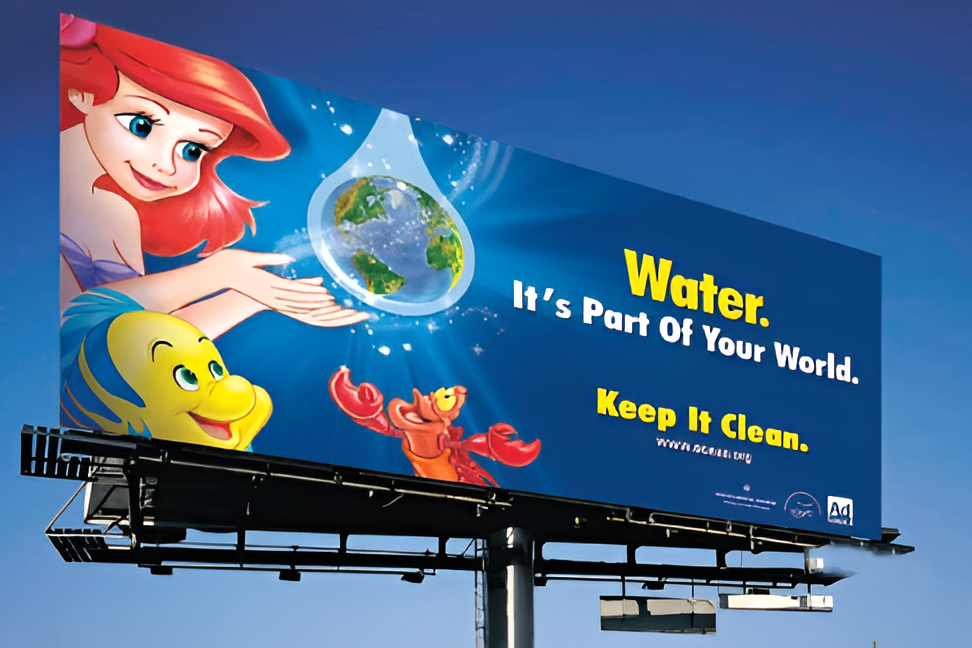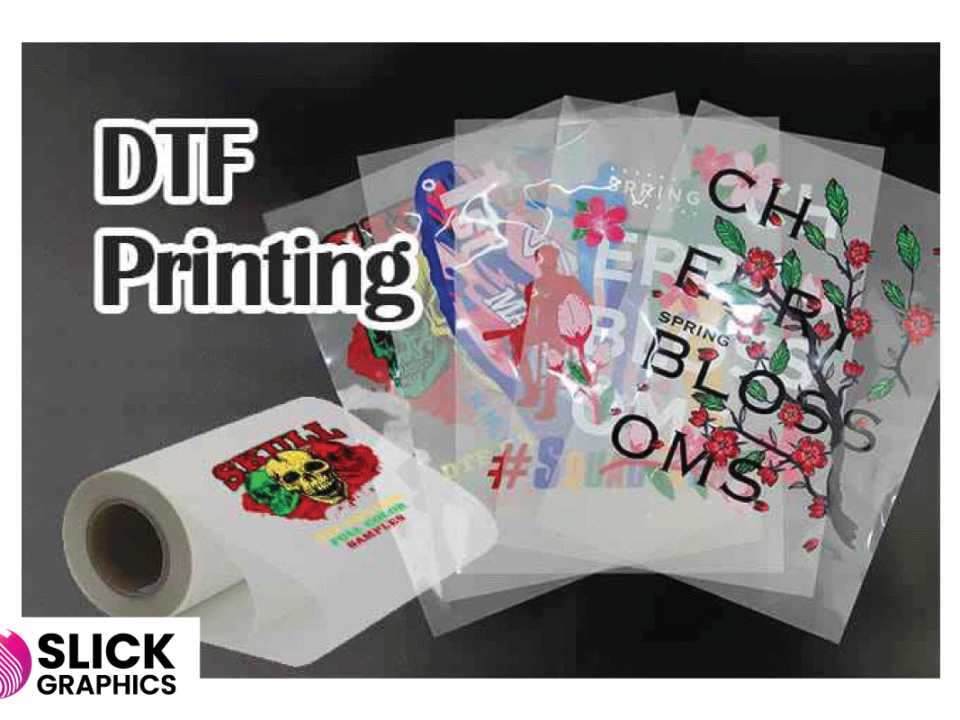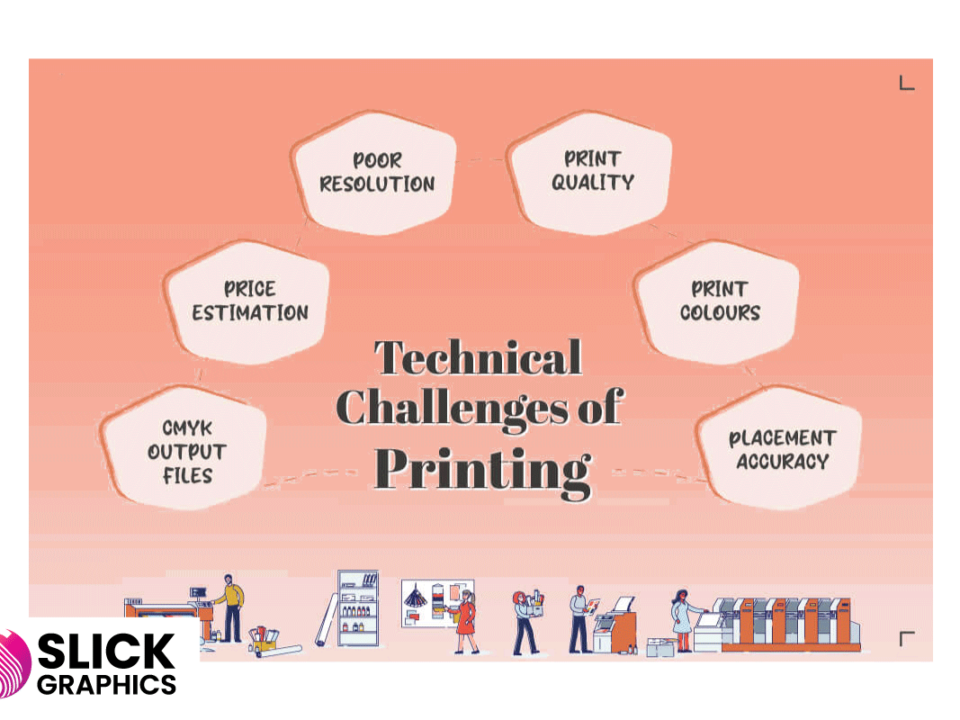Billboard Advertising: Balancing Business & Sustainability
Billboard Advertising: Balancing Business & Sustainability
Billboard advertising has been a powerful marketing tool for decades, reaching millions of people on highways, city streets, and public spaces. While its effectiveness in capturing attention is undeniable, there is a growing concern about its environmental impact. As more companies aim to reduce their carbon footprint and adopt eco-friendly practices, it’s essential to examine how billboards, both traditional and digital, affect the environment and how the advertising industry is evolving to become more sustainable.
The Environmental Footprint of Traditional Billboards
Traditional billboards, which include static posters made of paper, vinyl, or other materials, have several environmental consequences:
- Production Waste: Printed billboards, particularly those made from vinyl, require significant resources to produce. The manufacturing process consumes large amounts of water, energy, and chemicals. Once billboards are no longer needed, they are often discarded as waste, contributing to landfill buildup since many materials, especially vinyl, are not biodegradable.
- Transportation and Installation: Transporting billboards to various locations involves fuel consumption and carbon emissions. In addition, the installation of large-scale billboards often requires heavy machinery, further contributing to environmental degradation.
- Short Lifespan: Traditional printed billboards typically have a short lifespan, especially in industries where ads need to be frequently updated or replaced. This rapid turnover results in a continuous cycle of resource consumption and waste generation.
- Deforestation: Some billboards, especially those placed in rural or scenic areas, require trees or natural landscapes to be cleared for visibility. This deforestation can disrupt ecosystems, reduce biodiversity, and contribute to soil erosion.
The Rise of Digital Billboards: More Eco-Friendly?
The introduction of digital billboards has changed the landscape of outdoor advertising, offering a more sustainable alternative to traditional printed ads in some respects. However, digital billboards come with their own environmental challenges.
Environmental Benefits of Digital Billboards
- Reduced Waste: Unlike printed billboards that need to be replaced when campaigns change, digital billboards display multiple advertisements on the same screen, eliminating the need for physical materials and reducing waste.
- Longer Lifespan: Digital billboards can last for several years, reducing the frequency of new materials being manufactured and disposed of.
- Real-Time Flexibility: Advertisers can update their campaigns in real time without the need for new installations or printed posters. This minimizes the need for transportation, further reducing carbon emissions.
Environmental Challenges of Digital Billboards
- Energy Consumption: Digital billboards require continuous power, often running 24/7. The energy required to keep these billboards lit, especially in areas where renewable energy sources are not used, can contribute to carbon emissions and strain the local power grid.
- Light Pollution: Digital billboards emit light, which can disrupt local wildlife and contribute to light pollution in urban areas. This has been a concern in cities where bright digital screens interfere with the natural nighttime environment.
- Electronic Waste: While digital billboards last longer than their printed counterparts, they still have a lifespan. When they are no longer operational, disposing of the electronic components, such as screens and circuit boards, poses a challenge. Improper disposal can lead to harmful chemicals leaching into the environment.
Steps Toward More Sustainable Billboard Advertising
To address the environmental concerns of billboard advertising, the industry is taking steps toward more sustainable practices. Here are some of the initiatives making a difference:
1. Use of Eco-Friendly Materials
For printed billboards, many companies are now turning to more sustainable materials such as biodegradable or recyclable vinyl alternatives, eco-friendly inks, and other greener production methods. These materials can significantly reduce waste and lower the environmental impact of traditional billboards.
2. Energy-Efficient Digital Billboards
Companies are increasingly investing in energy-efficient LED screens for digital billboards. These modern screens consume less energy than older models, and some digital billboards are now powered by renewable energy sources like solar or wind. This shift reduces their carbon footprint and makes digital advertising more sustainable.
3. Smart Billboards
Smart billboards are designed to reduce energy usage by dimming or turning off lights during non-peak hours or when there is no traffic nearby. This innovation not only saves energy but also reduces light pollution, helping to minimize their impact on local ecosystems.
4. Recycling and Reuse
For both digital and printed billboards, recycling and repurposing materials have become a focus. Printed billboards can be turned into products like tote bags, covers, or even insulation materials, extending their life cycle. Similarly, digital billboard components can be recycled responsibly, minimizing electronic waste.
5. Sustainable Placement
Billboard placement can have a significant environmental impact. As cities and municipalities adopt stricter regulations to protect natural landscapes and wildlife, the advertising industry is being encouraged to place billboards in locations that minimize disruption to the environment.
Conclusion: The Path Forward for Billboard Advertising
Billboard advertising remains a highly effective way for brands to reach large audiences, but its environmental impact cannot be overlooked. As more businesses and consumers become Eco-conscious, the advertising industry is innovating to reduce its environmental footprint. Whether through the use of sustainable materials for traditional billboards, energy-efficient solutions for digital displays, or smarter ad placement, the future of billboard advertising is leaning toward sustainability.
At the end of the day, it’s not just about promoting a brand—it’s about doing so in a way that balances business success with environmental responsibility. The evolution of billboard advertising is ongoing, and with the right steps, this powerful marketing tool can become greener and more eco-friendly for generations to come.



